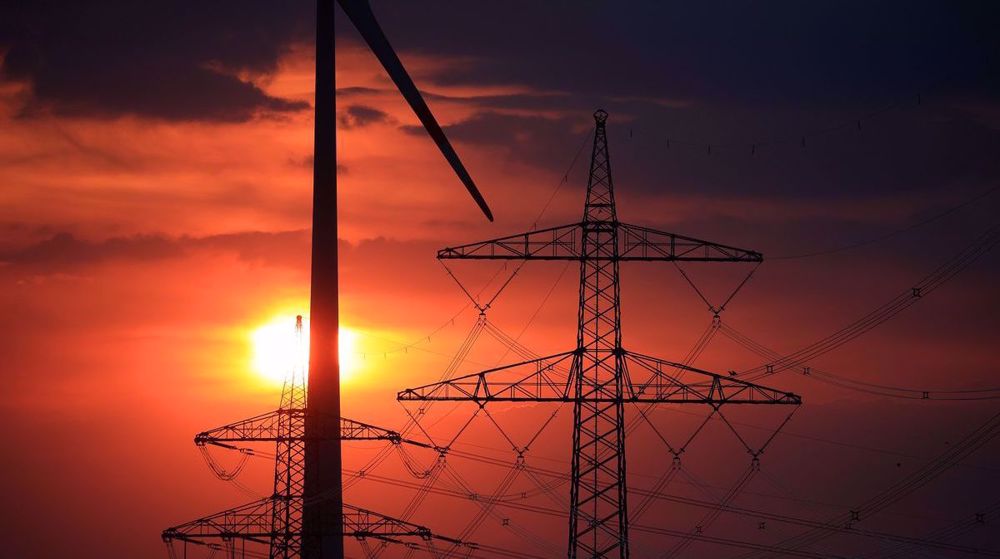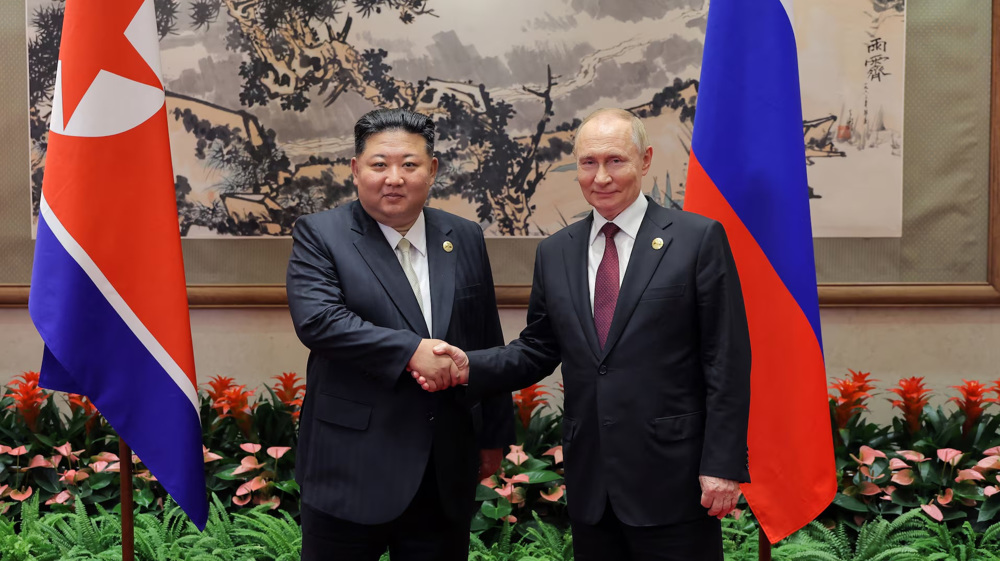Record energy crisis in decades looming in Europe as winter nears, says US magazine
Triggered by the ongoing war in Ukraine, an unprecedented energy crisis in decades is unfolding across Europe as bitter winter is on the horizon, a new report warns.
Russia began what it called a “special military operation” in Ukraine on February 24, with a declared aim of “demilitarizing” the ex-Soviet country’s Donbas region, which is made up of the Donetsk and Luhansk self-proclaimed republics.
Shortly after the onset of the conflict, the United States and its European allies unleashed waves of unprecedented sanctions against Moscow, which repeatedly warned that such punitive measures will certainly backfire.
Russia has almost cut its flow of natural gas to Europe, citing technical difficulties caused by the sanctions, leaving Europe to face a cold coming winter. This is while the 27-member European Union relied on Russia, the world’s second largest natural gas producer, for 40 percent of their natural gas, which is the second most common energy source in Europe after petroleum oil.
In a report on Saturday, US-based business magazine Fortune said the war in Ukraine sent shock waves across the globe and created a ripple effect in world markets, but “nowhere is this crisis more pronounced and more dangerous than in Europe, where a long-standing gambit on cheap Russian gas has backfired.”
Soaring energy prices coupled with runaway inflation have imperiled the livelihood of Europeans. Feel threatened by the situation, which could result in mass suffering this winter, European governments are enforcing measures to cut down on gas usage and, as an alternate source, have also started focusing on nuclear energy.
According to the report, the benchmark price of natural gas in Europe has more than doubled over the past year, and both consumers and corporations are getting hit hard, with electricity bills have already tripled in many places.
Fortune, however, said that “as bad as it is now, these might still be the good days for Europe. With winter and higher gas demand on the way.” It also cited several experts as warning that Europe’s energy market has never been more vulnerable.
“Prices are at historically record levels. We have never ever seen anything actually like this,” said Tatiana Mitrova, a research fellow with Columbia University’s Center on Global Energy Policy. “This will become quite painful.”
The reductions in gas flow from Russia to Europe in initially prompted the EU to diversify the countries that supply natural gas to the bloc, striving to boost gas imports from elsewhere, including liquefied natural gas (LNG) from Qatar, central Asian nations and the US.
The bloc sought other sources for both natural gas and LNG (liquefied natural gas), a more easily transportable form of gas that can be shipped by sea rather than flowed through pipelines.
“But trying to solve the crisis on the supply side comes with a catch: time. Increasing natural gas flows from countries other than Russia requires building more pipelines, while importing more LNG means constructing dedicated terminals in Europe that can regasify liquid gas, a process which can take anywhere from two to five years,” the report said.
According to Fortune, European countries, including Germany, France, and Spain, approved energy conservation measures this summer in a bid to boost gas reserves as much as possible before colder days.
However, such measures are feasible only when the continent experiences a relatively mild winter, “because if it gets cold enough, it could send demand soaring higher than Europe’s reserves can handle.”
The report said that the worst-case scenario would be a shutdown of European manufacturing industries most reliant on natural gas, including glassmakers and steel companies.
“A big thing that we will be seeing in the next few weeks, months, and into 2023, will be how this situation of sustained very high gas and electricity prices could impact industrial activity,” Mauro Chavez, research director of European gas at Wood Mackenzie, adding that many of these “more sensitive” industries may be forced to shut down soon because of energy prices.
Following the gas cut from Russia, most European factories have only reduced their capacity, rather than shut down entirely, he further said.
Along with the ongoing war in Ukraine, drought and rising temperatures in several parts of Europe also aggravated the crisis in the continent during the summer.
“Combined with these challenges, this crunch could be one of the worst energy crises on the continent since the 1970s,” the report said.
According to Fatih Birol, head of the watchdog International Energy Agency, Europeans need to prepare for a “wild west scenario” if the situation deteriorates.
He said the energy crisis could go one of two ways: “EU and members will work in solidarity, supporting each other…or there is another scenario, if everybody is for himself.”
Rifts among members of the European bloc have already begun to show, as Norway, Europe’s leading domestic natural gas producer, decided last month to curb energy exports in an effort to protect Norwegian consumers, a move that was heavily criticized by Oslo’s Scandinavian neighbors.
“If rising electrical bills combine with a wave of unemployment and economic downturn, the crisis could spill out onto the streets,” Fortune concluded.
Gaza faces severe reproductive health crisis amid Israeli genocide
VIDEO | Gaza endures crisis, Israeli violations ahead of Netanyahu-Trump meeting
Russia and US reject European ceasefire proposal
Houthi: Any Israeli presence in Somaliland will be military target
VIDEO | Qassem Soleimani assassination
VIDEO | Iran space achievements
Iran reports boom in electronic check use
VIDEO | Press TV's news headlines













 This makes it easy to access the Press TV website
This makes it easy to access the Press TV website